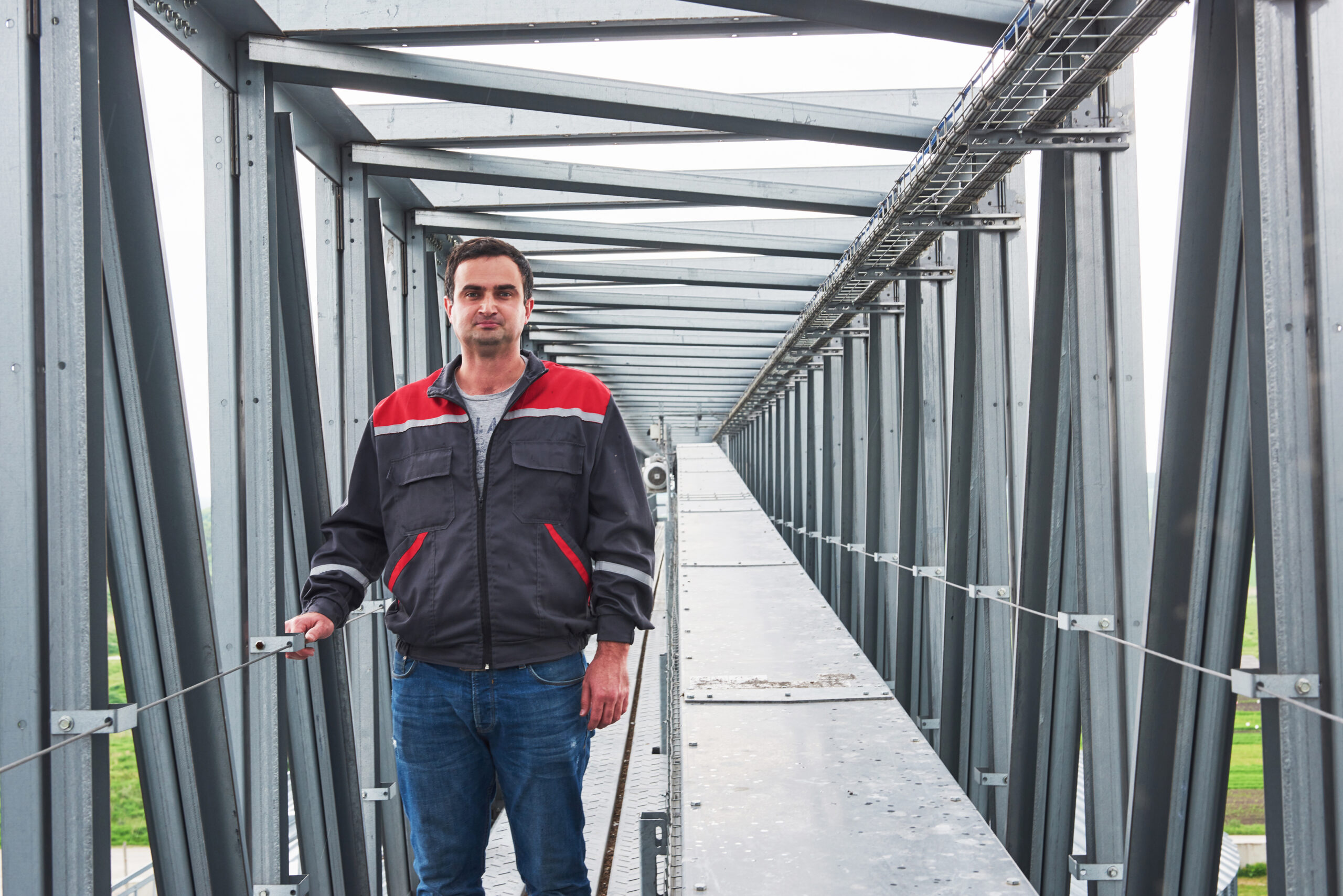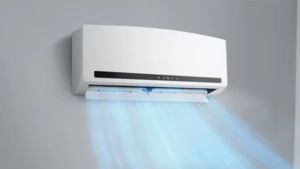Common problems with steel bridges and how to fix them
Steel bridges are essential components of modern infrastructure, offering durability, strength, and cost-effectiveness. However, like all structures, they face wear and tear over time due to environmental factors, heavy loads, and material degradation. Infrakeys Technologies, a leader in steel bridge construction and maintenance, specializes in providing innovative solutions to extend the lifespan of these critical structures.
In this blog, we’ll explore the most common problems with steel bridges, their causes, and how to fix them using advanced techniques and materials. Whether you’re a civil engineer, contractor, or infrastructure planner, this guide will help you maintain steel bridges efficiently.
1. Corrosion: The Biggest Enemy of Steel Bridges
Problem:
Corrosion is the most common issue affecting steel bridges, especially in humid, coastal, or industrial areas where exposure to moisture, salt, and chemicals accelerates rust formation. Left untreated, corrosion weakens structural integrity, leading to safety risks.
Solution:
- Protective Coatings: Applying high-quality paints, epoxy, or zinc coatings (galvanization) prevents moisture and oxygen from reaching the steel.
- Cathodic Protection: An electrochemical process that prevents rust by making the steel a cathode in a corrosion cell.
- Regular Inspections: Infrakeys Technologies uses advanced NDT (Non-Destructive Testing) methods to detect early signs of corrosion.
2. Fatigue Cracking Due to Repeated Stress
Problem:
Steel bridges endure constant stress from traffic, wind, and temperature changes, leading to microscopic cracks that grow over time (fatigue cracking). If ignored, these cracks can cause catastrophic failures.
Solution:
- High-Strength Steel Repairs: Replacing damaged sections with high-performance steel alloys.
- Reinforcement with FRP (Fiber-Reinforced Polymers): Adding composite materials to strengthen weak points.
- Vibration Dampers: Installing shock absorbers to reduce stress from heavy loads.
3. Weld and Bolt Failures
Problem:
Poor welding or bolt connections can lead to joint failures, especially in older bridges where outdated techniques were used. Loose bolts and cracked welds compromise stability.
Solution:
- Ultrasonic Testing (UT): Detecting hidden weld defects without dismantling the structure.
- High-Tension Bolting: Replacing old rivets with high-strength bolts for better load distribution.
- Robotic Welding: Infrakeys Technologies employs automated welding for precision and durability.
4. Deformation and Buckling Under Heavy Loads
Problem:
Excessive weight from overloaded vehicles or poor design can cause steel beams to bend or buckle, leading to misalignment and structural failure.
Solution:
- Load Capacity Analysis: Using AI-based modeling to assess stress points.
- Strengthening with Steel Plates: Adding external steel reinforcements to critical sections.
- Traffic Regulation: Enforcing weight limits to prevent overloading.
5. Thermal Expansion and Contraction Issues
Problem:
Steel expands in heat and contracts in cold, causing joints and supports to shift. Over time, this movement can damage bearings and connections.
Solution:
- Expansion Joints: Installing flexible joints to accommodate movement.
- Thermal-Resistant Coatings: Reflective paints to minimize heat absorption.
- Elastomeric Bearings: Allowing controlled movement without stress buildup.
6. Foundation and Support Erosion
Problem:
Water flow, soil erosion, or seismic activity can weaken bridge piers and abutments, destabilizing the entire structure.
Solution:
- Scour Protection: Using riprap (stone layers) or gabions to shield foundations.
- Underwater Inspections: Deploying drones and sonar to assess submerged damage.
- Micropile Reinforcement: Strengthening weak foundations with deep piling.
7. Impact Damage from Accidents or Debris
Problem:
Collisions from vehicles, ships (for river bridges), or falling debris can dent or fracture steel components.
Solution:
- Protective Barriers: Installing crash-resistant guardrails and fenders.
- Quick-Repair Kits: Using prefabricated steel patches for fast fixes.
- Real-Time Monitoring: IoT sensors to detect and alert impact damage.
Conclusion: Partner with Infrakeys Technologies for Long-Lasting Steel Bridges
Steel bridges are vital for transportation, but they require proactive maintenance to prevent failures. By addressing corrosion, fatigue, welding defects, and foundation issues early, we can extend their lifespan significantly.
Infrakeys Technologies offers cutting-edge solutions for steel bridge inspection, repair, and reinforcement. With advanced materials, robotic welding, and AI-based monitoring, we ensure your bridges remain safe, strong, and sustainable for decades.
📞 Contact us today for a consultation on steel bridge maintenance and innovation!
Why Choose Infrakeys Technologies?
✔ Expertise in steel bridge construction & repair
✔ Advanced corrosion protection methods
✔ AI-driven structural health monitoring
✔ Custom solutions for every bridge type












